Did you know over 75% of autistic children in the United States miss out on the recommended daily physical activity? This gap doesn’t just impact physical fitness—it shapes their social skills, confidence, and lifelong wellbeing. Challenging the stereotype that people with autism don’t benefit from or struggle with physical exercise, recent research reveals that physical activity can positively affect every facet of life for children and adolescents with autism spectrum disorder. Let’s explore why breaking barriers to fitness is not just important, but transformative—and how society must step up to unlock this potential.
Beyond Assumptions: The Untapped Connection Between Autism and Physical Activity
"Research shows that only 24% of children with autism receive the recommended levels of physical activity, widening gaps in physical fitness, motor skill, and social skills development."
- Explore how the intersection of autism and physical activity can redefine outcomes for children and adolescents, challenge stereotypes, and create inclusive opportunities.
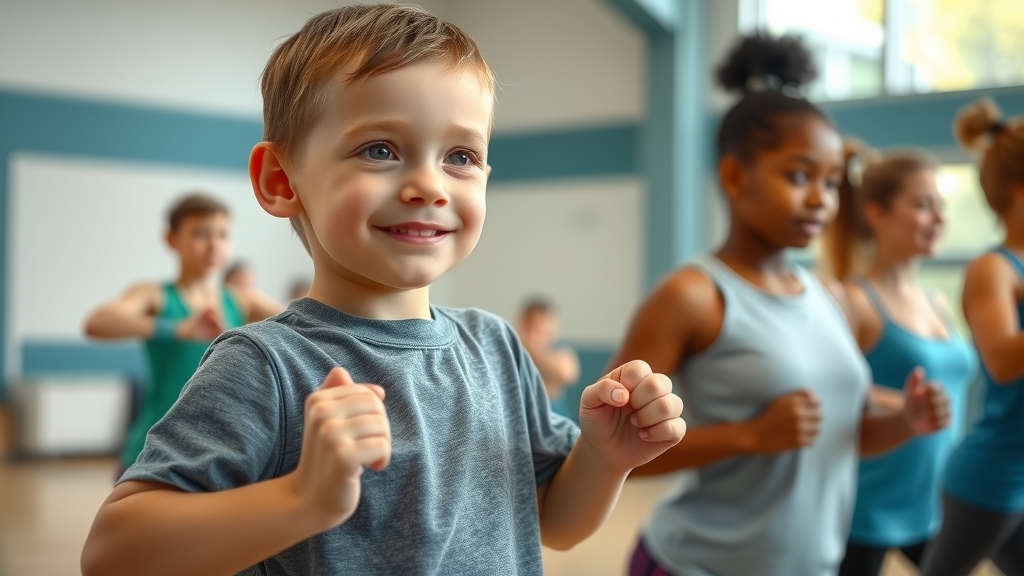
Assumptions about autism and physical activity often focus on barriers and challenges, overshadowing potential strengths and possible breakthroughs. Many believe that children or youth with autism are less inclined, or even incapable, of thriving in group physical activities or organized sports. Yet, studies have shown that physical exercise is not only accessible but can also be life-changing for those on the autism spectrum.
The intersection of autism and physical activity isn’t merely about movement—it’s about integration: encouraging development in motor skills, social skill improvement, and building lasting positive habits. Inclusive adaptive programs and access to physical education initiatives help children and adolescents with ASD connect with their peers and environment in new ways, defying expectations and creating pathways to better outcomes. As research catches up with lived experience, the narrative is transforming—and so are lives.
The Science Behind Autism and Physical Activity
Defining Autism Spectrum Disorder and Physical Activity: Scope and Prevalence
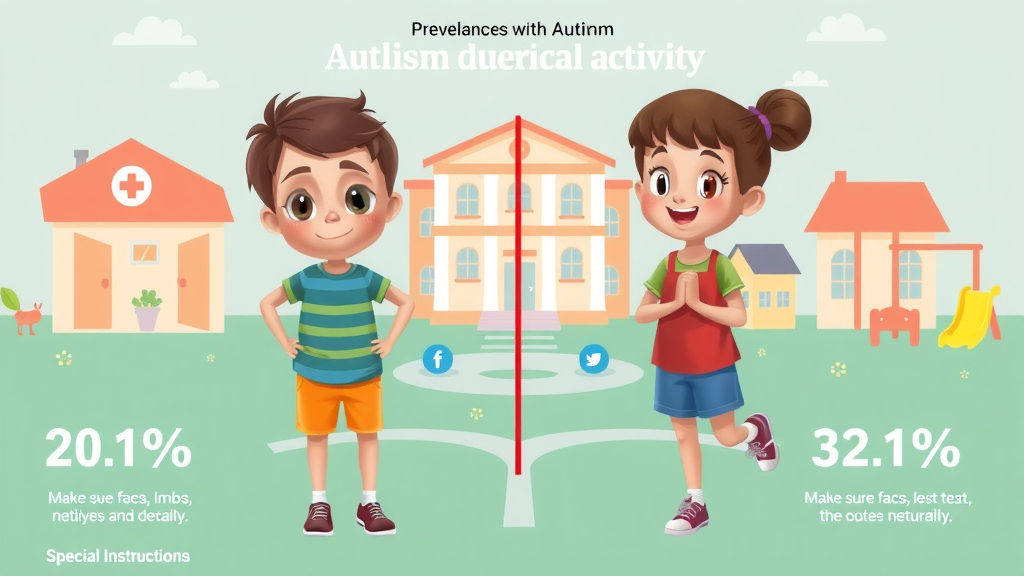
Autism spectrum disorder is a complex neurodevelopmental condition characterized by differences in social and communication skills , sensory processing, and repetitive behaviors. In the United States and globally, prevalence rates for autism continue to rise; so too does the need for targeted solutions supporting health and quality of life.
Physical activity —anything from organized sports to playground games—is vital for all children and adolescents . For those with autism, however, studies indicate the rates of participation are significantly lower than their neurotypical peers, leading to a higher risk for weight gain, lower cardiovascular health, and underdeveloped motor skills . By defining these disparities, we can also identify the opportunities: targeted physical exercise programs and adaptive physical education can close these gaps while unlocking unique strengths and abilities.
What Systematic Reviews Tell Us About Physical Exercise and Positive Effects for People with Autism
Multiple systematic reviews underline the positive effects of physical activity on autistic individuals—especially children with ASD . These reviews consistently report improvements in motor skill proficiency, higher engagement in physical fitness, enhanced social skill acquisition, and meaningful impacts on behavioral regulation.
Importantly, structured and enjoyable physical exercise programs not only improve objective health outcomes like weight, blood pressure , and stamina, but also drive gains in social function and confidence. When compared with non-participating groups, children and adolescents involved in customized activity programs demonstrate greater progress across critical development markers.
| Outcome | Autistic Children (post-intervention) | Neurotypical Peers (baseline) |
|---|---|---|
| Motor Skill Development | Significant improvement, approaching peer level | Typically average/high baseline performance |
| Social Skills | Noticeable gains in peer interaction and cooperation | Consistently strong social skills baseline |
| Physical Fitness Measures | Marked gains in endurance, strength, coordination | High, steady physical fitness |
| Confidence | Boosted self-esteem and engagement | Generally confident/comfortable |
Unpacking Positive Effects: Physical Activity for Children with ASD
Motor Skill Development Through Physical Exercise in Autistic Children
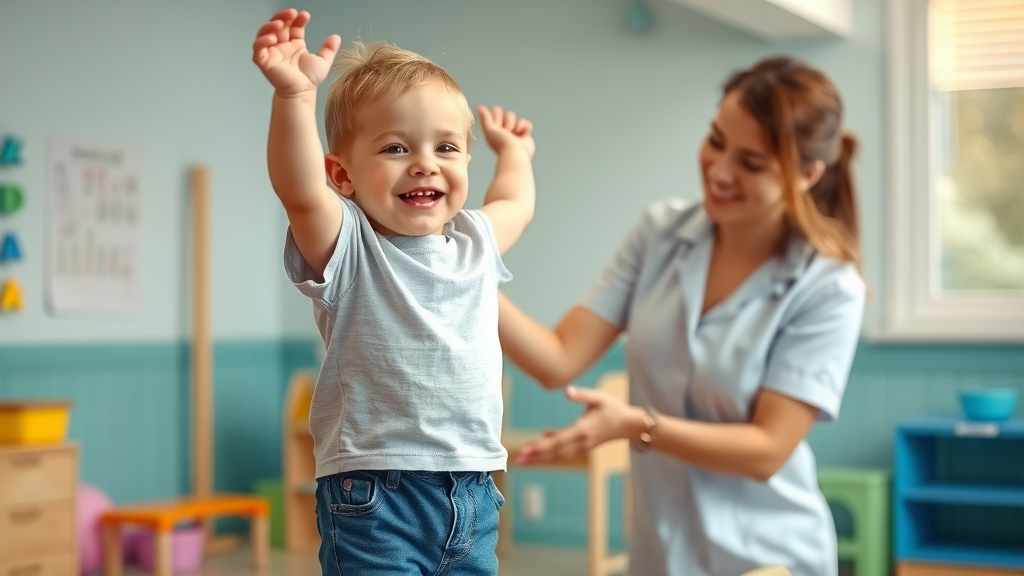
For autistic children , basic motor skills —including balance, coordination, and spatial awareness—can be especially challenging. Engaging in targeted physical activity helps nurture these fundamental building blocks. Occupational and physical therapists frequently recommend balance exercises, obstacle courses, or playful movement games that incorporate repetitive actions and feedback loops, allowing children to make gradual progress.
The benefits of exercise in this domain go beyond gross motor improvement. With supportive guidance, children with ASD experience more productive classroom behaviors, greater willingness to participate in peer groups, and measurable gains in tasks requiring dexterity and muscle memory. Regular physical exercise removes the developmental bottleneck of lagging motor skill development, positively affecting all areas of growth.
Boosting Social Skill and Social Skills via Group Physical Education
Group activities and physical education classes provide vital opportunities to practice social skill exchange, turn-taking, active listening, and nonverbal communication. Research finds that children with ASD in inclusive activity programs actively benefit from structured routines and positive reinforcement, which scaffold essential social skills .
From team sports to group dance, these experiences can positively affect emotional understanding, relationship-building, and the sense of belonging that many on the autism spectrum deeply desire. The confidence gained through successful peer interaction on the soccer field or in a swimming class mirrors and amplifies progress in other life areas—truly a positive effect of adaptive sports participation.
Physical Fitness Benefits: Short- and Long-Term Positive Effects for Children and Adolescents on the Autism Spectrum
The immediate and future gains of physical fitness for children and adolescents with ASD are vast. In the short-term, physical activity drives improvements in sleep, reduces anxiety, and contributes to healthy weight maintenance, counteracting the trend toward weight gain and other health risks often seen in youth with autism . Regular movement also plays a role in regulating energy, boosting focus, and stabilizing mood.
Long-term, those who make physical activity part of their daily routine experience increased resilience, independence, and autonomy. The positive effects expand to academic achievement, emotional self-regulation, and greater likelihood of continuing a healthy lifestyle into adulthood—a transformative impact visible in studies and stories alike.
"Physical activity isn’t just about movement—it’s about unlocking the full potential in people with autism."
Physical Activity and Daily Life: Real-World Impact on People with Autism
Personal Insights: How Physical Activity Transformed a Child with ASD’s Confidence
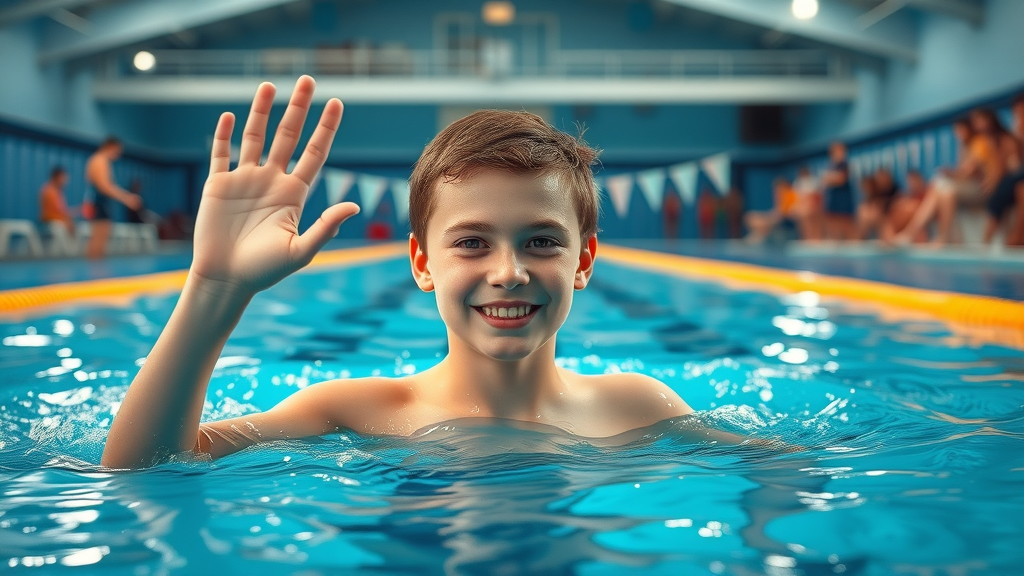
Take, for example, the journey of an autistic adolescent named Jacob, who initially struggled in noisy group settings and was hesitant to join in classroom games. After participating in an adaptive swimming program designed for children with ASD, Jacob gradually learned to follow instructions, connect with his coaches, and set small goals for himself. The day he finished his first full lap—raising his hand in victory—marked a visible change: increased eye contact, willingness to try new things, and newfound self-belief.
These personal stories echo a broader truth: with targeted support, physical activity becomes more than exercise. It becomes a source of pride, a means of developing crucial social and communication skills , and a stepping stone toward lifelong wellbeing.
Barriers to Engagement: Why Do People with Autism Often Miss Out on Physical Exercise?
- Sensory sensitivities
- Communication difficulties
- Limited access to adapted physical education
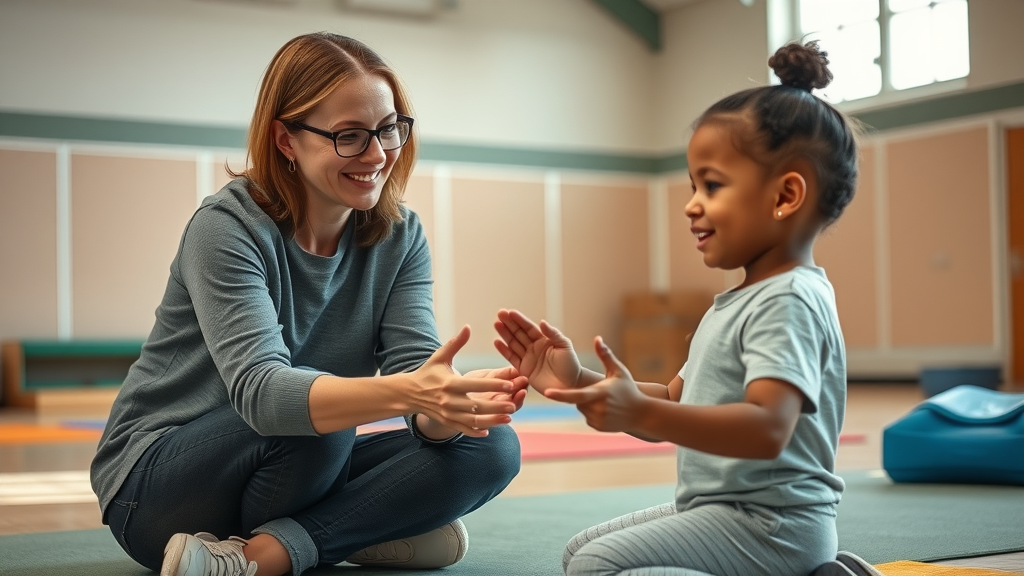
Despite the proven benefits, people with autism encounter substantial obstacles to regular physical activity . Sensory overload from crowded gyms, unpredictable sounds, or harsh lighting can be overwhelming. Some experience anxiety around group settings or find it difficult to understand verbal instructions, which puts participation further out of reach. Additionally, a lack of resources or training in many standard physical education programs means children with ASD are often sidelined or offered few meaningful adaptations.
Addressing these barriers requires creative problem-solving, ongoing advocacy, and cross-sector cooperation: from educators and policy-makers to parents and therapists. Only by making activity programs truly inclusive can we ensure every autistic child benefits from the positive effects of movement.
Opinion: Why Society Must Champion Physical Activity for the Autism Spectrum
Rethinking Physical Education for Children and Adolescents with Spectrum Disorder
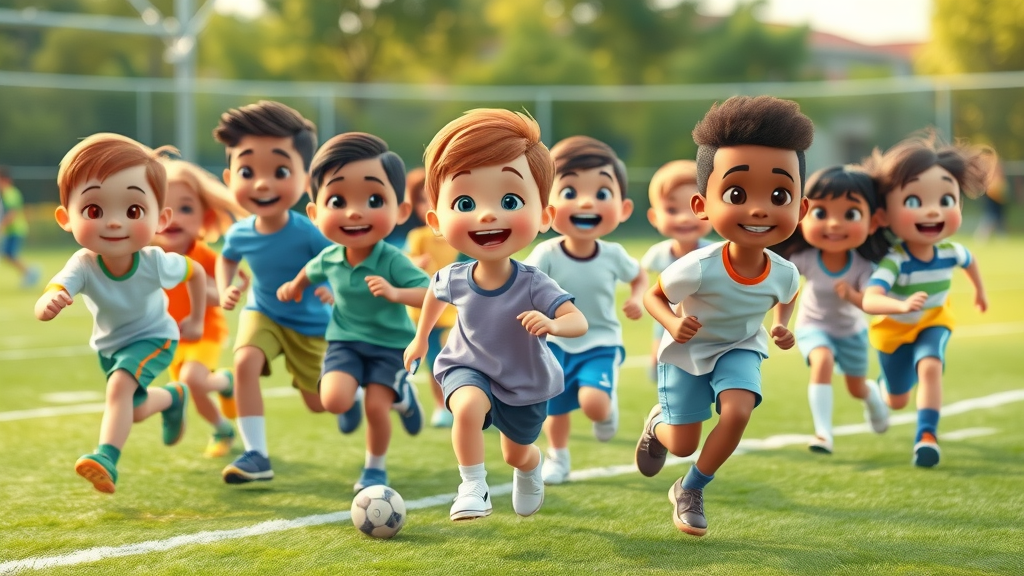
It’s time to fundamentally reimagine physical education for children and adolescents with spectrum disorder . Instead of viewing limitations as insurmountable, we must elevate the strengths and unique needs of each participant. Universal design, adapted rules, and individualized instruction allow children on the spectrum to participate fully, gaining the same (or even greater) developmental and health benefits as their peers.
This approach reduces bullying and isolation, promotes healthier attitudes across all student populations, and fosters inclusivity from a young age. Society must champion access, support, and celebration of physical fitness for every child, making it a right—not a privilege.
Beyond Therapy: Physical Exercise as a Bridge to Independence and Social Integration
Viewing physical exercise as just another therapy can be short-sighted. In reality, movement-based activities are powerful vehicles for cultivating independence, self-advocacy, and social skill development beyond school walls. Group hikes, dance classes, and martial arts provide natural venues for forming relationships and gaining life skills needed for adulthood.
Beyond boosting motor skills and health, these programs model perseverance, cooperation, and emotional regulation—all qualities that carry over into employment, independent living, and meaningful participation in society. For those with autism, physical activity can make the difference between isolation and integration, restriction and freedom.
Popular Misconceptions and Emerging Realities
-
Myth: Physical activity is too overwhelming or unsafe for autistic children.
Fact: With tailored supports, children with ASD can safely thrive in movement activities. -
Myth: Social skills can’t improve through sports and group games.
Fact: Research-backed evidence shows that social and communication skills grow significantly through physical education and teamwork. -
Myth: Motor skill deficits are permanent.
Fact: Repeated practice and encouragement lead to steady improvements in motor skills . -
Myth: Exercise does not address behavioral or emotional issues.
Fact: Movement is linked to decreased anxiety, better regulation, and fewer behavior challenges. -
Myth: Only competitive sports count.
Fact: Yoga, dance, swimming, and even individual walks offer powerful positive effects .
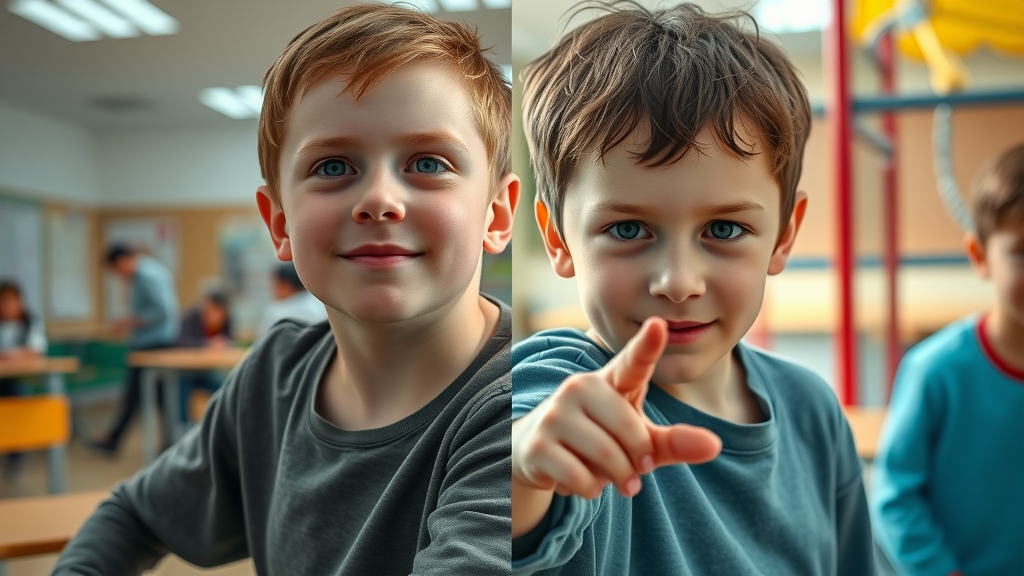
What Authorities Say: Quotes from Experts on Autism and Physical Activity
"Regular physical activity delivers measurable improvements in social skill, motor skills, and overall well-being for children with ASD." – Dr. Jane Thomas, Autism Research Specialist
Watch how targeted physical exercise sessions change lives—stories from families and educators.
How schools and organizations adapt programs for physical fitness and social skills growth in autistic children.
Quick List: Most Beneficial Physical Activities for People with Autism
- Swimming
- Martial arts
- Dance
- Yoga
- Structured team sports
- Cycling with an autism-informed approach
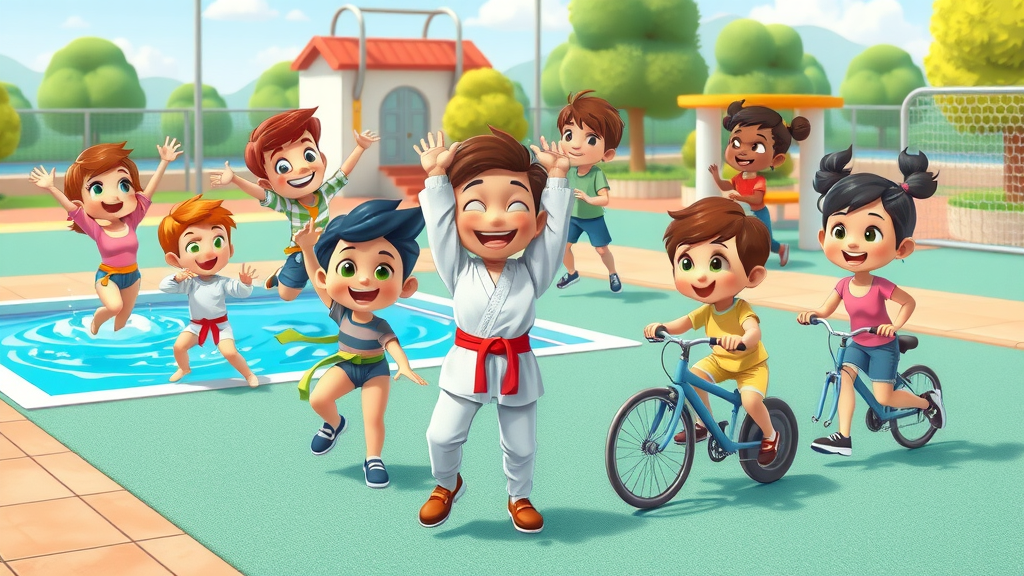
People Also Ask: How does autism affect physical skills?
Answer: Autism and Physical Activity – Physical skills in autistic children may be delayed or atypical due to challenges with motor skill planning, coordination, and muscle tone. Tailored physical activity can support steady improvements.
People Also Ask: What do autistic people struggle with?
Answer: Autism and Physical Activity – Many autistic people face difficulties with communication, sensory processing, and fine or gross motor skills, which can impact their engagement in physical exercise and social skill development.
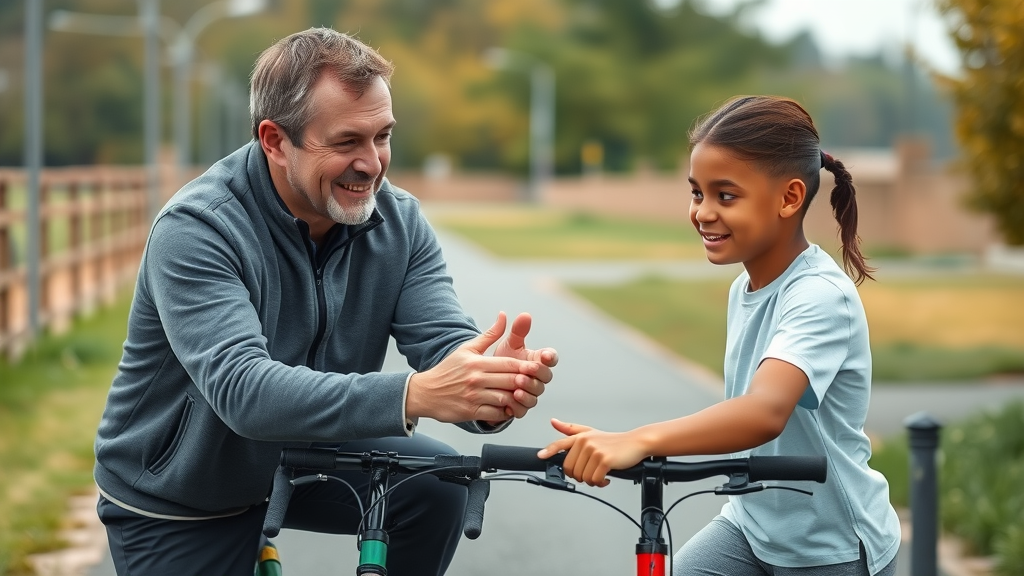
People Also Ask: How does autism affect physically?
Answer: Autism and Physical Activity – Physically, autism can affect balance, gait, muscle tone, and stamina. Structured physical activity and physical fitness programs mitigate these effects and encourage positive outcomes.
People Also Ask: Is exercise hard for autistic people?
Answer: Autism and Physical Activity – Exercise may be challenging due to sensory sensitivities, motor coordination difficulties, and lack of adaptive environments. Individualized approaches and supportive instructors make physical activity more accessible and beneficial.
Top FAQs on Autism and Physical Activity
-
What are the best physical activities for people with autism?
Swimming, martial arts, yoga, and inclusive team sports are recommended for their strong positive effects on motor skill and social function. -
How does physical activity improve social skills in children with ASD?
Participating in group exercise and physical education helps children with ASD model, practice, and generalize social and communication skills in a motivating context. -
Are there risks to intensive physical exercise for autistic youth?
With proper supervision and individualization, the risks are similar to those for all children. The benefits far outweigh potential drawbacks. -
What resources are available for inclusive physical fitness?
Organizations, adaptive sports leagues, and digital guides offer support for inclusive physical education and activity programs . -
Why do motor skill interventions matter for spectrum disorder?
They enable independent daily living, boost confidence, reduce anxiety, and set the stage for lifelong health and success.
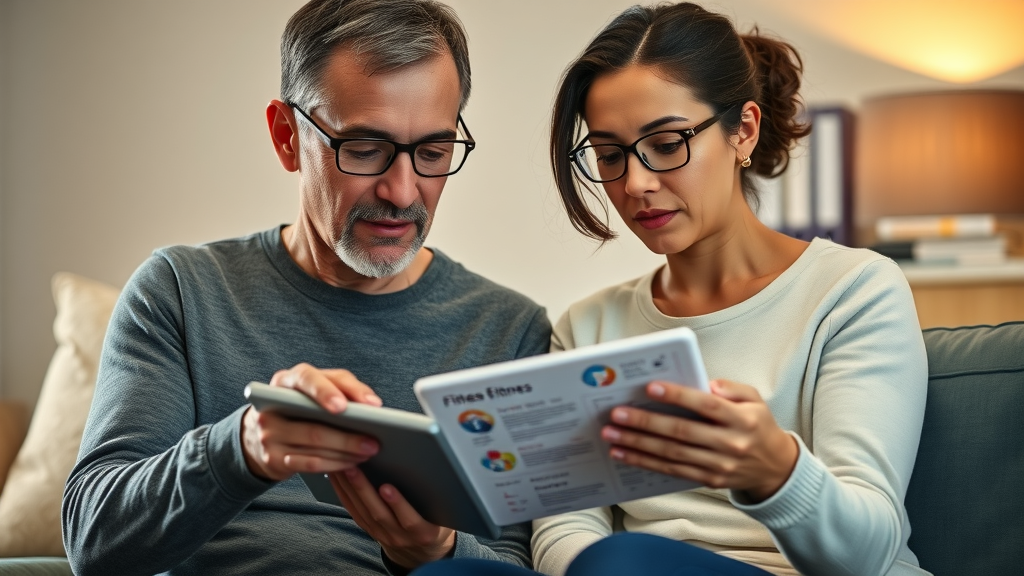
Key Takeaways: Empowering Every Child with Autism through Physical Activity
- Early introduction to physical activity promotes better outcomes.
- Physical fitness improves confidence, communication, and motor skills.
- Supportive environments and trained mentors are key.
- Societal openness leads to long-term positive effects.
Take Action Today: Advocate for Inclusive Physical Activity for All
Support policy changes, become informed, and join programs that drive social skills, physical fitness, and equal opportunities for children with autism spectrum disorder.
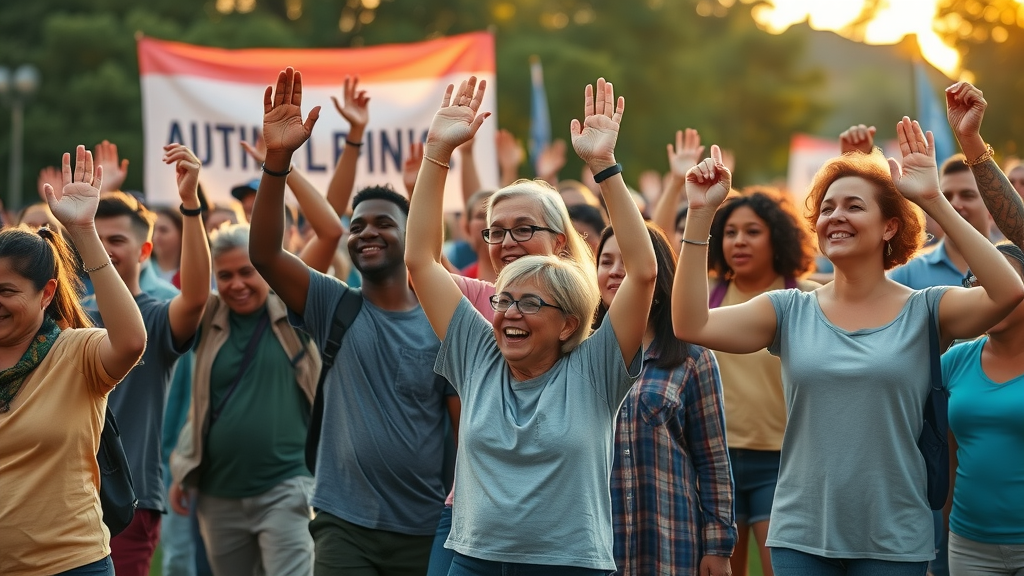
Further Reading and Related Resources
- Systematic reviews and landmark studies
- Organizations supporting autism and physical activity
- Guides for parents and educators
- Physical education tools for children and adolescents with ASD
Conclusion
Empower every child: Support adaptive physical activity programs and advocate for inclusive fitness to foster lifelong health, confidence, and opportunity for those with autism.
 Add Row
Add Row  Add
Add 


Write A Comment